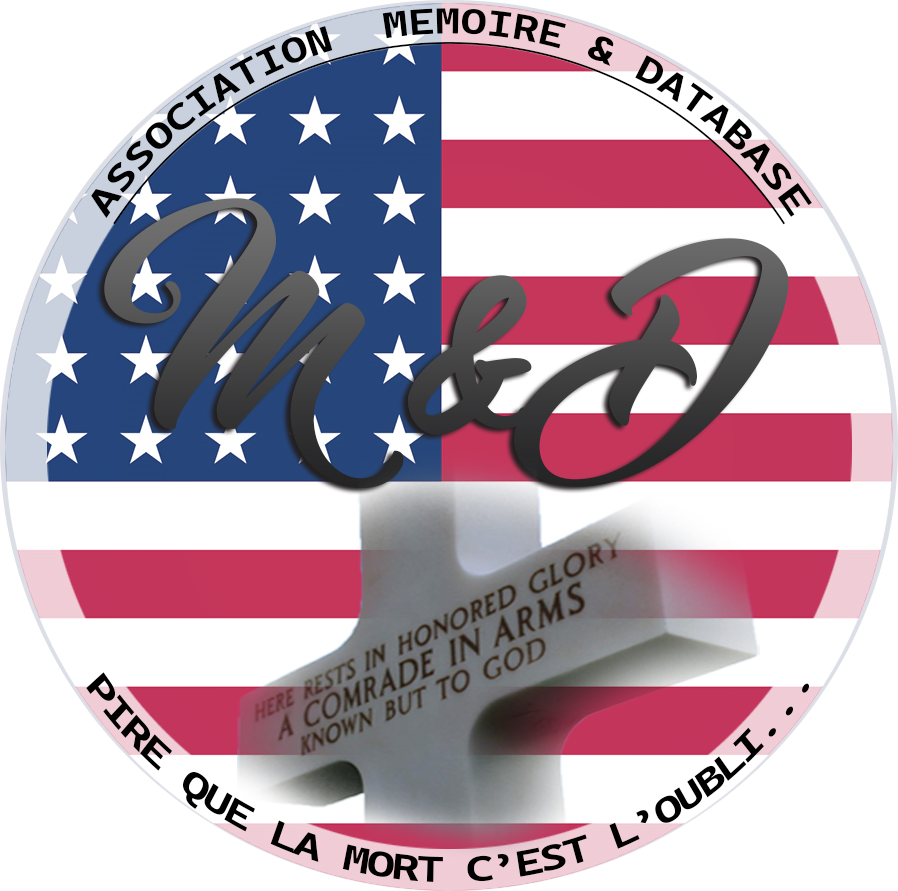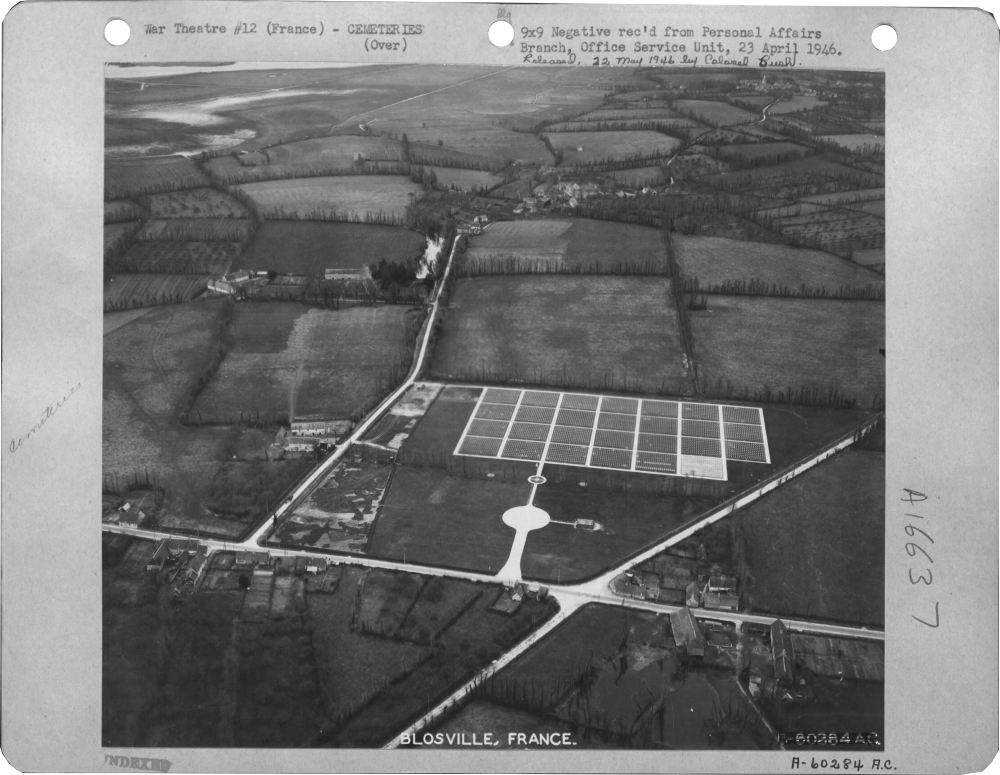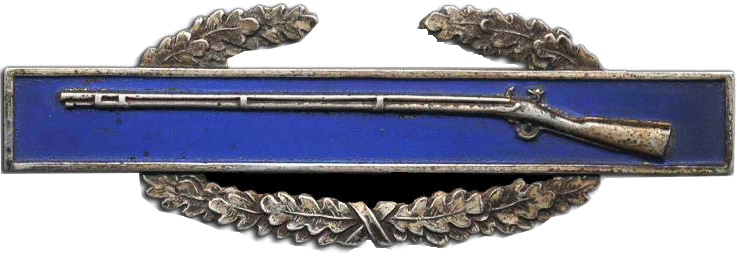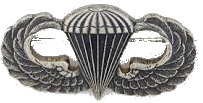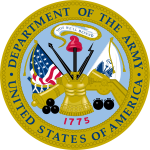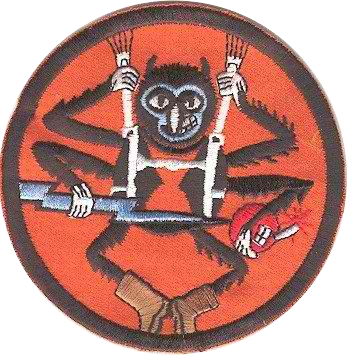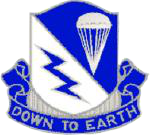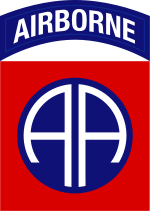|
Robert Wayland BRITTON
| ||||||||||||||||||||||||||||
|---|---|---|---|---|---|---|---|---|---|---|---|---|---|---|---|---|---|---|---|---|---|---|---|---|---|---|---|---|
|
Source : Honor WWII
| ||||||||||||||||||||||||||||
| NUMBER OF SERVICE | 32267318 | |||||||||||||||||||||||||||
| AGE | 26 yo | |||||||||||||||||||||||||||
| DATE OF BIRTH | 12 April 1918 Stamford NEW JERSEY | |||||||||||||||||||||||||||
| ENLISTMENT STATE | NEW JERSEY | |||||||||||||||||||||||||||
| FAMILY |
Parents : Wayland Spencer & Margaret Holst BRITTON Brothers : Elizabeth, Gertrude, Veronica, Jane, Anna, George et Thomas | |||||||||||||||||||||||||||
| RANK | Private | |||||||||||||||||||||||||||
| FONCTION | Paratroopers | |||||||||||||||||||||||||||
| JOB BEFORE ENLISTEMENT | Semiskilled chauffeurs and drivers, bus, taxi, truck, and tractor |  | ||||||||||||||||||||||||||
| DATE of ENLISTEMENT | 11 May 1942 Fort Dix NEW JERSEY | |||||||||||||||||||||||||||
| COMPANY | Medical Detachment Company - RHQ | |||||||||||||||||||||||||||
| BATTALION | 3rd Battalion | |||||||||||||||||||||||||||
| REGIMENT | 507th Parachute Infantry Regiment | |||||||||||||||||||||||||||
| DIVISION | 82nd Airborne Division | |||||||||||||||||||||||||||
| DATE OF DEATH | 6 June 1944 |
Source : Frogman | ||||||||||||||||||||||||||
| STATUS | DOW | |||||||||||||||||||||||||||
| PLACE OF DEATH | ||||||||||||||||||||||||||||
| DATA PLAN |
During Operation Neptune, June 6, 1944, Pvt BRITTON parachuted from his C47 troop carrier aircraft with Tail#42-92066, Chalk#47, #13 in the Drop Line. Robert W BRITTON was seen injured by 1st Lt REED. BRITTON would have been evacuated to the GRAIGNES aid station for treatment. The Germans have invaded the town and there is no trace of the wounded and nurses. Later it was stated that all the patients and nurses were killed by the Germans | |||||||||||||||||||||||||||
|
| ||||||||||||||||||||||||||||
| CEMETERY TEMPORARY |
CEMETERY TEMPORARY of Blosville N°3508
| |||||||||||||||||||||||||||
| CEMETERY | NORMANDY AMERICAN CEMETERY of Colleville | |||||||||||||||||||||||||||
| GRAVE |
| |||||||||||||||||||||||||||
| DECORATION |
| |||||||||||||||||||||||||||
| ||||||||||||||||||||||||||||
| STORY | ||||||||||||||||||||||||||||
Early LifeRobert was born on 12 Apr 1918 to George W. Britton, an engineer with Oil Cloth Works and Jennie Park, born in Ireland. He had seven siblings, Elizabeth, Gertrude, Veronica, Jane, Anna, George, and Thomas. Robert’s father died ten years before his own death at Normandy, France. He completed the 7th grade.
MilitaryRobert enlisted in the military at Ft. Dix, New Jersey on 11 May 1942 and was attached to the 507th PIR HQ 3rd Battalion and took training at Camp Croft, South Carolina before being shipped overseas to ready himself for 6 June 1944, D-Day. He did enjoy a furlough visiting his family on 6 Apr 1943 “In the predawn hours of D-Day the sporadic jump patterns of the 507th and 508th PIRs left troopers spread out over a twenty mile area. Some who overshot the Drop Zone (DZ) dropped into the Merderet River and its adjoining marshes. Many troopers who jumped with heavy equipment were unable to swim free and drowned. Others roamed the countryside until they encountered other units and joined their effort. Even Colonel Millett, the commanding officer of the 507th was unable to muster his troops and was captured three days after the drop in the vicinity of Amfreville. Only the 2nd Battalion under the command of Lieutenant Colonel Charles J Timmes (pictured left) was able to function as a team and began digging in around Cauquigny on the west bank of the Merderet River. Upon verification of Colonel Millett's capture, General Ridgway transferred the command of the 507th to Colonel Edson Raff, a veteran of the 509th Parachute Infantry Battalion during Operation Torch. Colonel Raff received this command after fighting his way through to General Ridgway at Les Forges. Colonel Raff would lead the 507th, "Raff's Ruffians" as they would become known, until the end of World War II. Throughout the confusion the indomitable spirit of the paratroopers in the days and weeks following D-Day enabled the 82nd Airborne to seize La Fiere bridge and push westward to cut off the Cotentin Penninsula. After 33 days of continuous combat the 82nd and 101st Airborne Divisions returned to England aboard LST’s.” courtesy 507th Parachute Infantry Regiment
DeathPvt. Robert W. Britton was FOD (finding of death) meaning in absence of a recovered body) on 6 June 1944 at Normandy, France. D-Day. Pvt. Robert W. Britton received the following citations: Purple Heart Combat Infantry Badge Marksmanship Badge Parachutist Badge WWII Victory Medal Army Campaign Medal American Presidential Unit citation Army Good Conduct Medal Eastern-African-Middle Eastern Campaign Medal
BurialPvt. Robert W. Britton is interred at Normandy American Cemetery in Colleville-sur-Mer, France Plot E, Row 23. Grave 43. | ||||||||||||||||||||||||||||
Activated/Activé |
Normandy/Normandie |
| 25 Mar 1942 | Days of Combat/Jour de Combat 422 |
| Casualties/Victimes 9 073 | |
Entered Combat/Entré au combat |
|
| 9 Jul 1943 at Sicily | |
|
Commanding Generals/Commandants généraux Maj. Gen. Omar Bradley (Mar 42 - Jun 42) |
Campaigns/CampagnesSicily (9 Jul - 17 Aug 43) Normandy (6 Jun 44 - 24 Jul 44) Rhineland (15 Sep 44 - 21 Mar 45) |
CARTE DE CAMPAGNE DU THÉÂTRE MÉDITERRANÉENCAMPAIGN MAP OF THE MEDITERRANEAN THEATER |
|
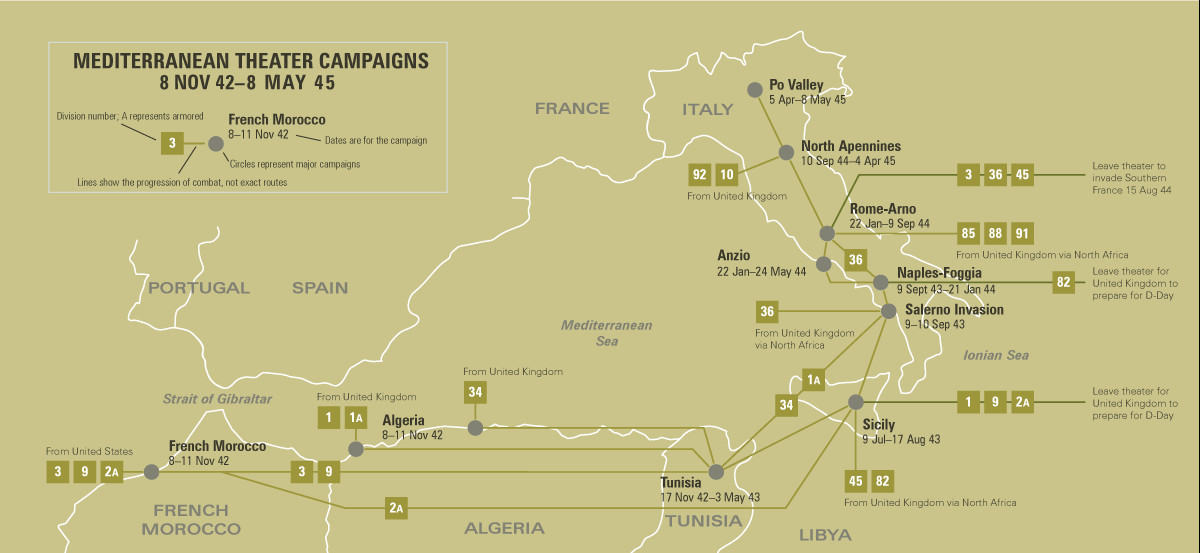 |
|
PLAN DE ROUTE DE LA CAMPAGNE - CAMPAIGN ROUTE MAP |
|
 |
|
DIVISION CHRONICLEThe 82d Airborne Division landed at Casablanca, 10 May 1943, and trained. Elements first saw combat in Sicily, when the 505th RCT and part of the 504th dropped behind enemy lines, 9-10 July 1943, at Gela. The remainder of the 504th RCT dropped, 11-12 July 1943, also near Gela, after running friendly naval and ground force fire. Scattered elements formed and fought as ground troops. The elements were flown back to Tunisia for reequipment and returned to Sicily to take off for drop landings on the Salerno beachhead. The 504th Parachute Infantry dropped, 13 September 1943, and the 505th the following night; the 325th landed by boat. These elements bolstered Salerno defenses and fought their way into Naples, 1 October 1943. After a period of occupation duty (and combat for some elements in the Volturno Valley and Anzio beachhead), the Division moved to Ireland, November 1943, and later to England, February 1944, for additional training. Moving in by glider and parachute, troops of the 82d dropped behind enemy lines in Normandy on D-day, 6 June 1944, before ground troops hit the beaches. Cutting off enemy reinforcements, the Division fought its way from Carentan to St. Sauveur-le-Vicomte, fighting 33 days without relief. Relieved on 8 July, it returned to England for refitting. On 17 September, it was dropped at Nijmegen, 50 miles behind enemy lines, and captured the Nijmegen bridge, 20 September, permitting relief of British paratroops by the British 2d Army. After heavy fighting in Holland, the Division was relieved 11 November and rested in France. It was returned to combat, 18 December 1944, to stem the von Rundstedt offensive, blunting the northern salient of the Bulge. It punched through the Siegfried Line in early February 1945, and crossed the Roer, 17 February. Training with new equipment in March, the Division returned to combat, 4 April, patrolling along the Rhine, securing the Koln area, later moving across the Elbe, 30 April, into the Mecklenburg Plain, where, 2 May 1945, the German 21st Army surrendered. |
CHRONIQUE DE DIVISIONLa 82ème division aéroportée a atterri à Casablanca le 10 mai 1943 et s'est entraînée. Les éléments ont d'abord été combattus en Sicile, lorsque le 505ème RCT et une partie du 504ème ont été largués derrière les lignes ennemies, du 9 au 10 juillet 1943, à Gela. Le reste de la 504ème RCT est tombé, du 11 au 12 juillet 1943, également près de Gela, après des tirs amicaux contre des forces navales et terrestres. Des éléments épars se sont formés et se sont battus en tant que troupes au sol. Les éléments ont été rapatriés en Tunisie pour le rééquipement et sont retournés en Sicile pour décoller pour atterrir sur la tête de pont de Salerne. Le 504th Infantry Parachute Infantry est tombé le 13 septembre 1943 et le 505ème le lendemain soir; la 325ème atterrit en bateau. Ces éléments ont renforcé les défenses de Salerno et se sont introduits à Naples, le 1er octobre 1943. Après une période d'occupation (et de combat pour certains éléments dans la vallée de Volturno et la tête de pont d'Anzio), la division s'est installée en Irlande en novembre 1943 , Février 1944, pour une formation supplémentaire. Se déplaçant en planeur et en parachute, les troupes du 82d tombèrent derrière les lignes ennemies en Normandie le 6 juin 1944, avant que les troupes terrestres ne frappent les plages. En coupant les renforts ennemis, la Division se fraya un chemin de Carentan à Saint-Sauveur-le-Vicomte, combattant 33 jours sans soulagement. Soulagé le 8 juillet, il est retourné en Angleterre pour y être réaménagé. Le 17 septembre, il a été largué à Nimègue, à 50 milles derrière les lignes ennemies, et a capturé le pont de Nimègue, le 20 septembre, permettant ainsi à la 2 e armée britannique de soulager les parachutistes britanniques. Après de violents combats en Hollande, la division est soulagée le 11 novembre et se repose en France. Il fut remis au combat le 18 décembre 1944 pour endiguer l’offensive de von Rundstedt, assourdissant le saillant septentrional des Ardennes. Il a percuté la ligne Siegfried au début de février 1945 et a traversé la Roer le 17 février. S'entraînant avec de nouveaux équipements en mars, la Division est revenue au combat le 4 avril, patrouillant le long du Rhin, sécurisant la région de Koln, traversant ensuite l'Elbe le 30 avril dans la plaine de Mecklenburg où, le 2 mai 1945 s'est rendu. |
| SOURCE INFORMATION & PHOTO | Armydivs.squarespace.com |
|---|
| SOURCE INFORMATION & SOURCE PHOTO | Jean-Baptiste « Bobby » Feuillye - Findagrave.com - Aad.archives.gov - Abmc.gov - Linda Simpson (Fold3.com) |
|---|---|
| PROGRAMMER | Henri, Garrett, Clive, Frédéric & Renaud |


